Subnationally geocoded Afrobarometer data
Analyze the priorities, preferences, experiences, and opinions of more than 200,000 African citizens in 28,000 localities.
In partnership with AidData
Citation
BenYishay, A., Rotberg, R., Wells, J., Lv, Z., Goodman, S., Kovacevic, L., Runfola, D. 2017. Geocoding Afrobarometer Rounds 1 – 6: Methodology & Data Quality. AidData. Available online at http://geo.aiddata.org.
Accessing the data
To protect the privacy of individual survey participants, those who wish to access the respondent-level data must request access from Afrobarometer and comply with the network’s data use policy. The aggregate data will also soon be made available through USAID’s Digital Data Library.
Due to the high number of requests for these data, please expect delays.
Summary
This sub nationally geocoded dataset covers Rounds 1-6 of Afrobarometer’s surveys in 37 African countries between 1999 and 2015. It provides hyperlocal, time-varying information about the priorities, preferences, experiences, and opinions of more than 200,000 African citizens in 28,000 localities. More specifically, it provides village- and town-level data on:
- the most important problems that citizens would like to see their governments address;
- the perceived performance of local and national institutions in solving specific problems, such as the provision of basic education and health services;
- access to information via newspapers, radios, televisions, and mobile phones;
- levels of civic engagement and political participation;
- engagement with and confidence in local and central government institutions;
- the physical presence or absence of state institutions (e.g. police stations, health clinics, schools, water and sanitation systems);
- the reported quality of local public services; and
- local perceptions of and experiences with various forms of corruption
This effort represents the most precise and consistent geocoding of Afrobarometer surveys to date, offering the greatest coverage across all six survey rounds.
